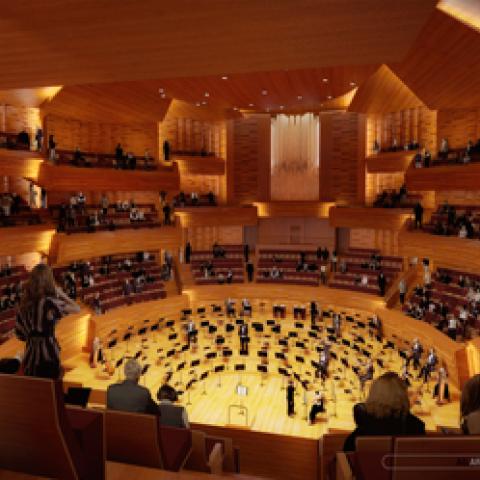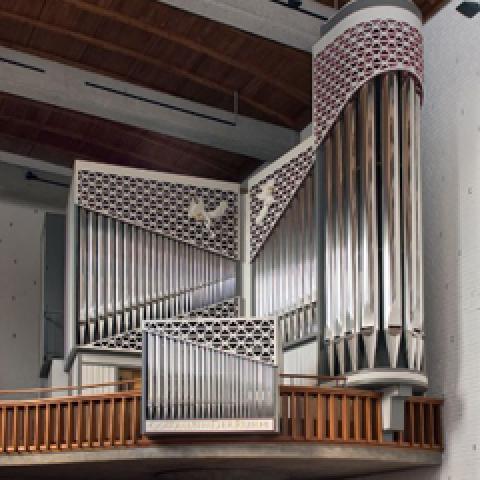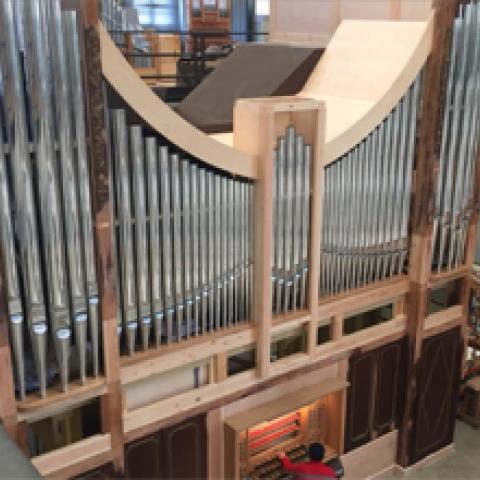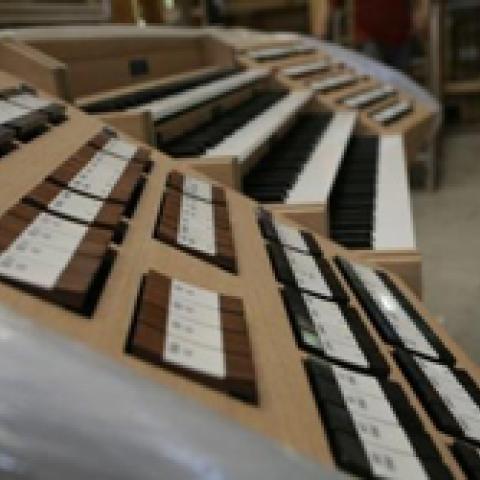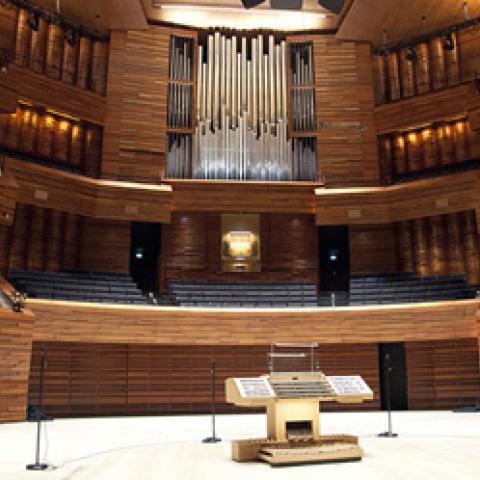
Gerhard Grenzing of Barcelona, Spain, has been chosen after an international competition to build a new organ for St. Vitus Cathedral, Prague, Czech Republic.
The new instrument costing $3 million will feature 97 stops of a specification of French inspiration and is scheduled to be playable in October 2019.
Grenzing has built more than 135 organs and reconstructed more than 90 historical instruments. Projects include organs for the cathedrals of Madrid, Barcelona, and Brussels.
For information: www.grenzing.com.

